Scientist-led conferences at Harvard, Stanford and MIT
-
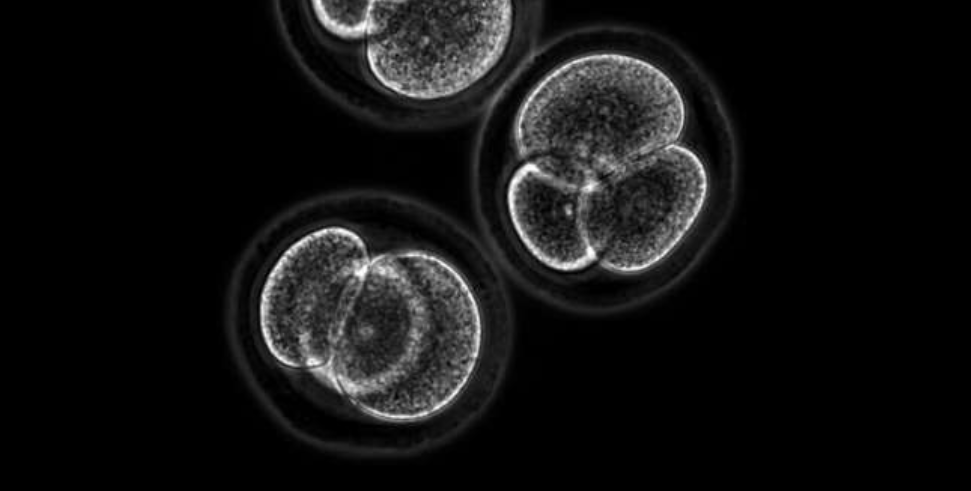
Embryo stem cells created from skin cells
Yossi Buganim from The Hebrew University of Jerusalem has discovered a set of genes that can transform murine skin cells into all three of the cell types that comprise the early embryo: the embryo itself, the placenta and the extra-embryonic tissues, such as the umbilical cord. Buganim and colleagues discovered a combination of five genes…
-

Thought generated speech
Edward Chang and UCSF colleagues are developing technology that will translate signals from the brain into synthetic speech. The research team believes that the sounds would be nearly as sharp and normal as a real person’s voice. Sounds made by the human lips, jaw, tongue and larynx would be simulated. The goal is a communication method for…
-
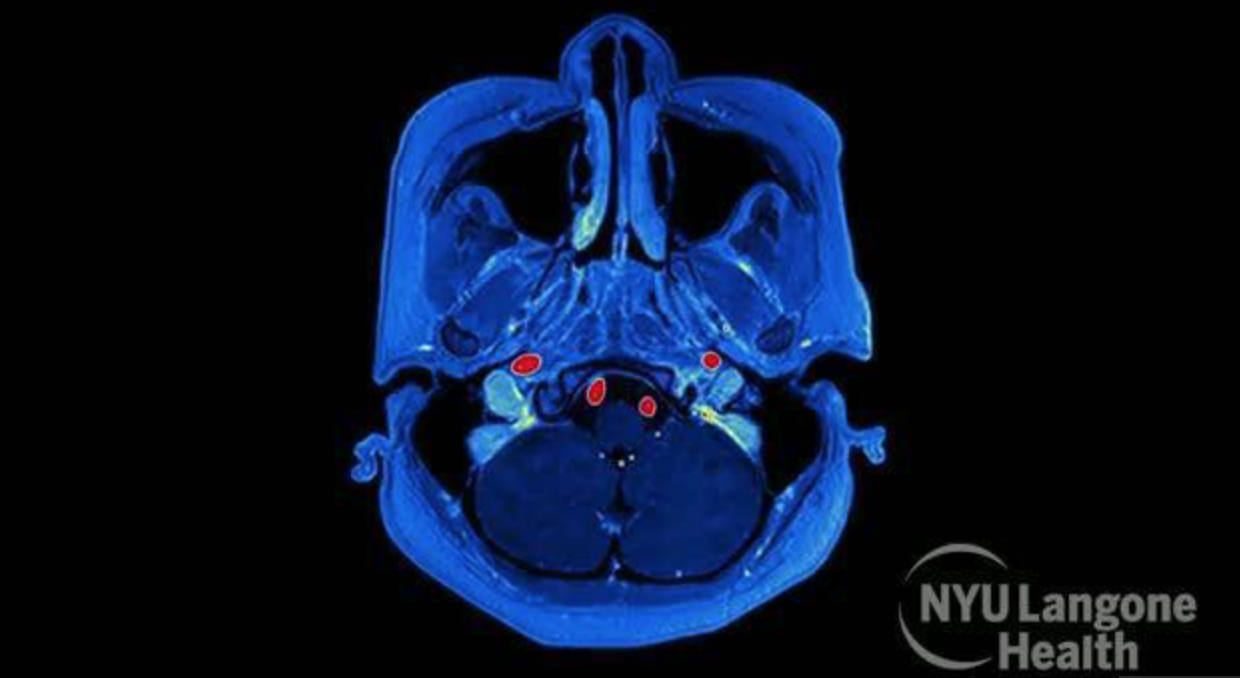
Voice-detected PTSD
Charles Marmar, Adam Brown, and NYU colleagues are using AI-based voice analysis to detect PTSD with 89 per cent accuracy, according to a recent study. PTSD is typically determined by bias-prone clinical interviews or self-reports. The team recorded standard diagnostic interviews of 53 Iraq and Afghanistan veterans with military-service-related PTSD, as well as 78 veterans without…
-
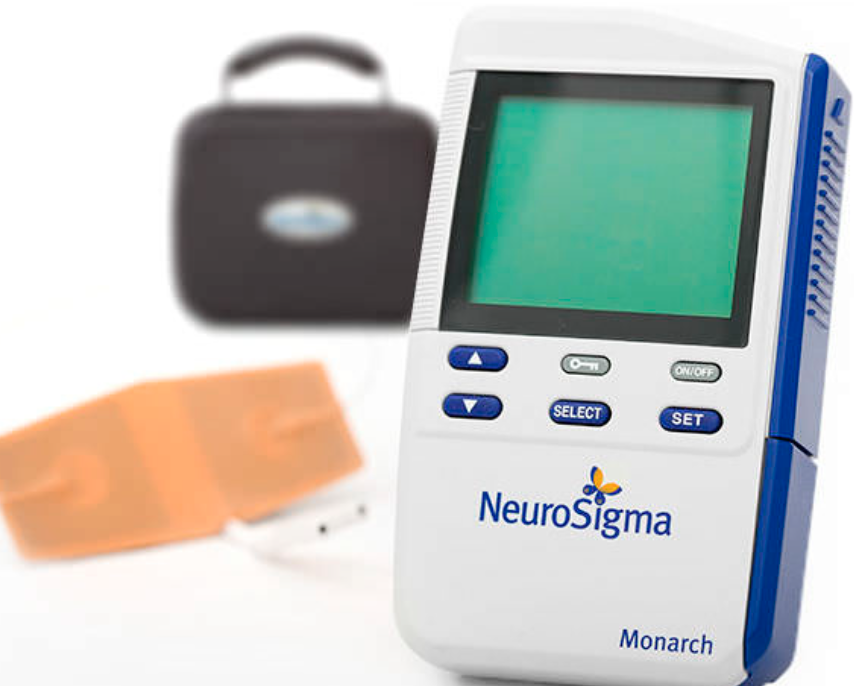
Trigeminal nerve stimulation to treat ADHD
NeuroSigma has received FDA clearance for its forehead patch which stimulates the trigeminal nerve during sleep to treat ADHD. The device won CE Mark approval in Europe in 2015. The approval was based on study of 62 subjects. Over four weeks, those who received the treatment showed a decrease in ADHD-RS by -31.4%. The control group showed a -18.4% decrease.…
-
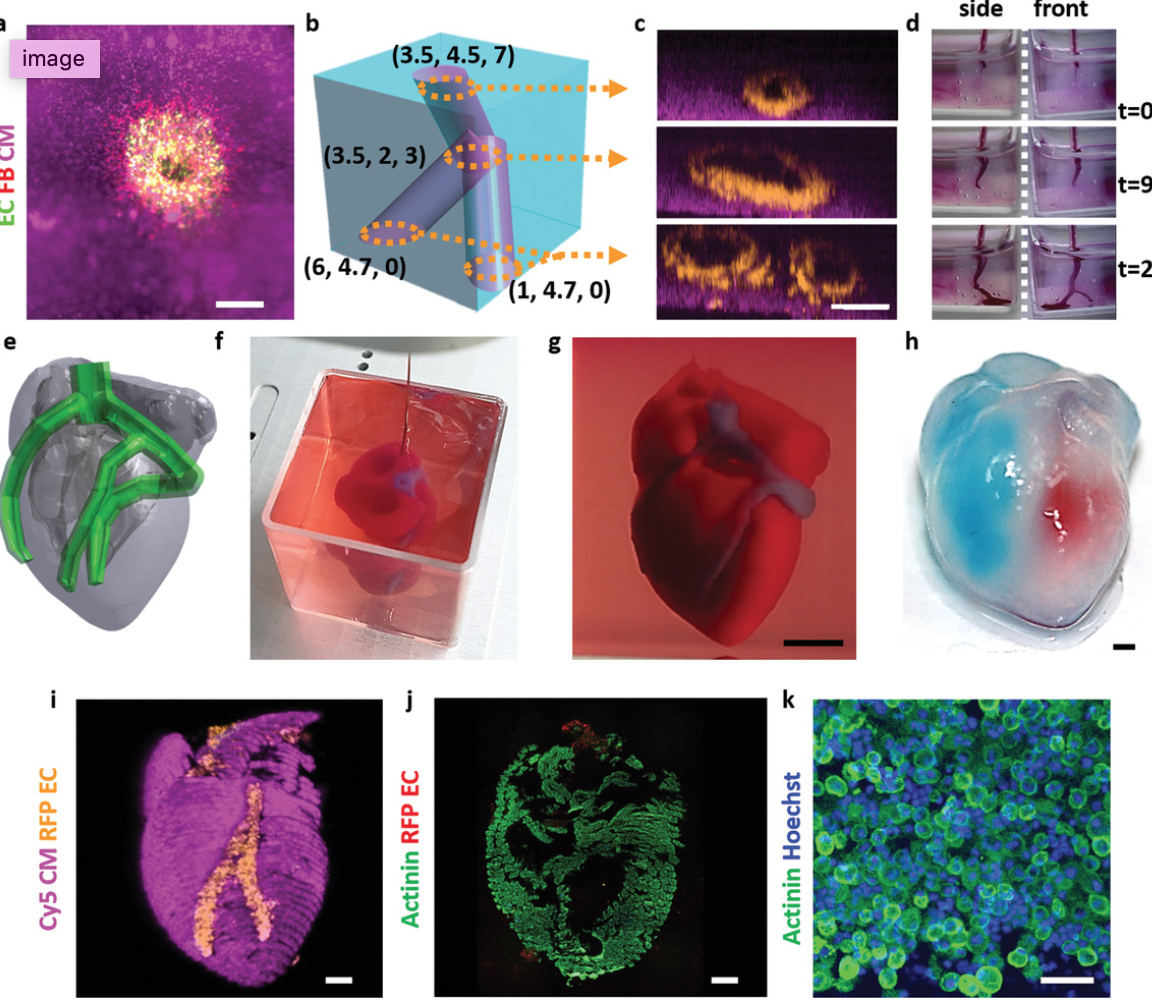
3D printed, vascularized heart, using patient’s cell, biological materials
Tel Aviv University professor Tal Dvir has printed a 3D vascularized engineered heart, including cells, blood vessels, ventricles and chambers, using a patient’s own cell and biological materials. A biopsy of fatty tissue was taken from patients. Cellular and a-cellular materials were separated. While the cells were reprogrammed to become pluripotent stem cells, the extracellular…
-
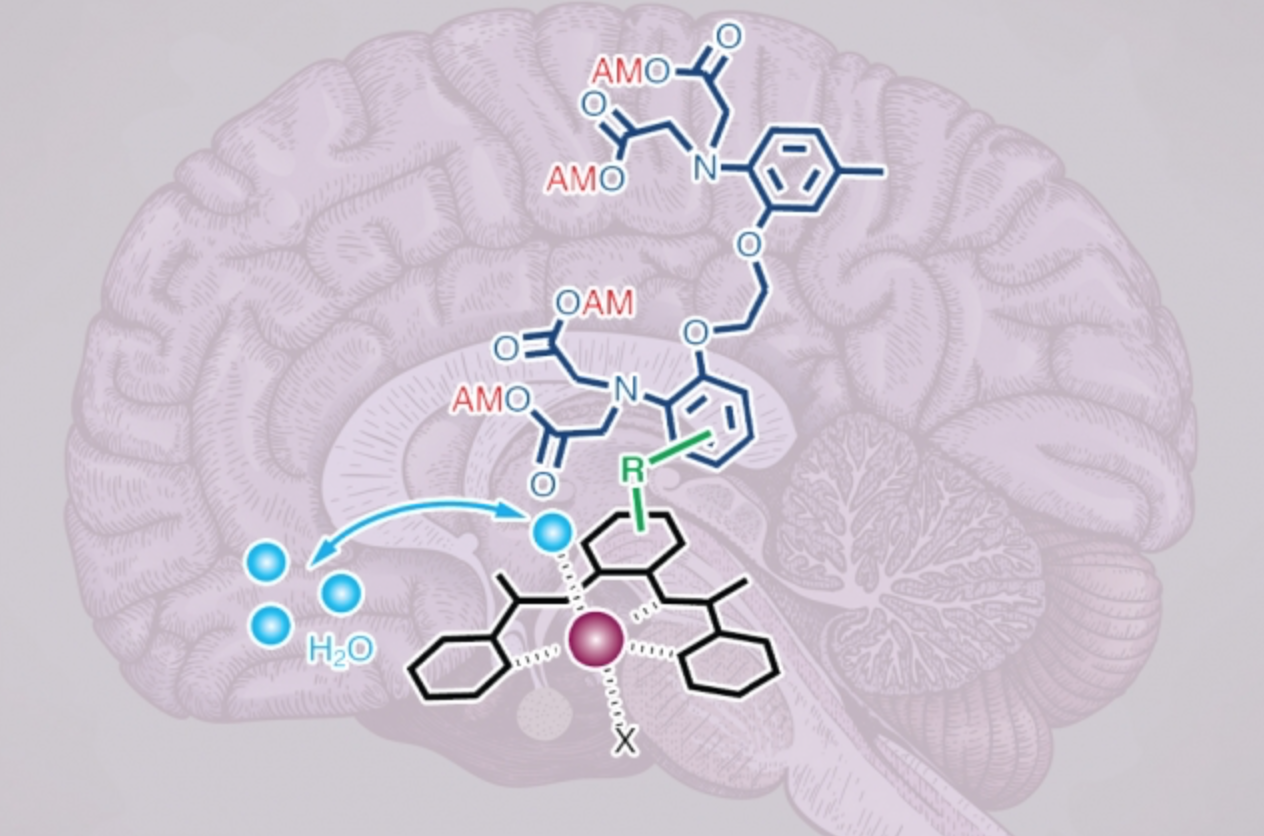
MRI detected intracellular calcium signaling
Alan Jasanoff and MIT colleagues are using MRI to monitor calcium activity at a much deeper level in the brain than previously possible, to show how neurons communicate with each other. The research team believes that this enables neural activity to be linked with specific behaviors. To create their intracellular calcium sensors, the researchers used…
-
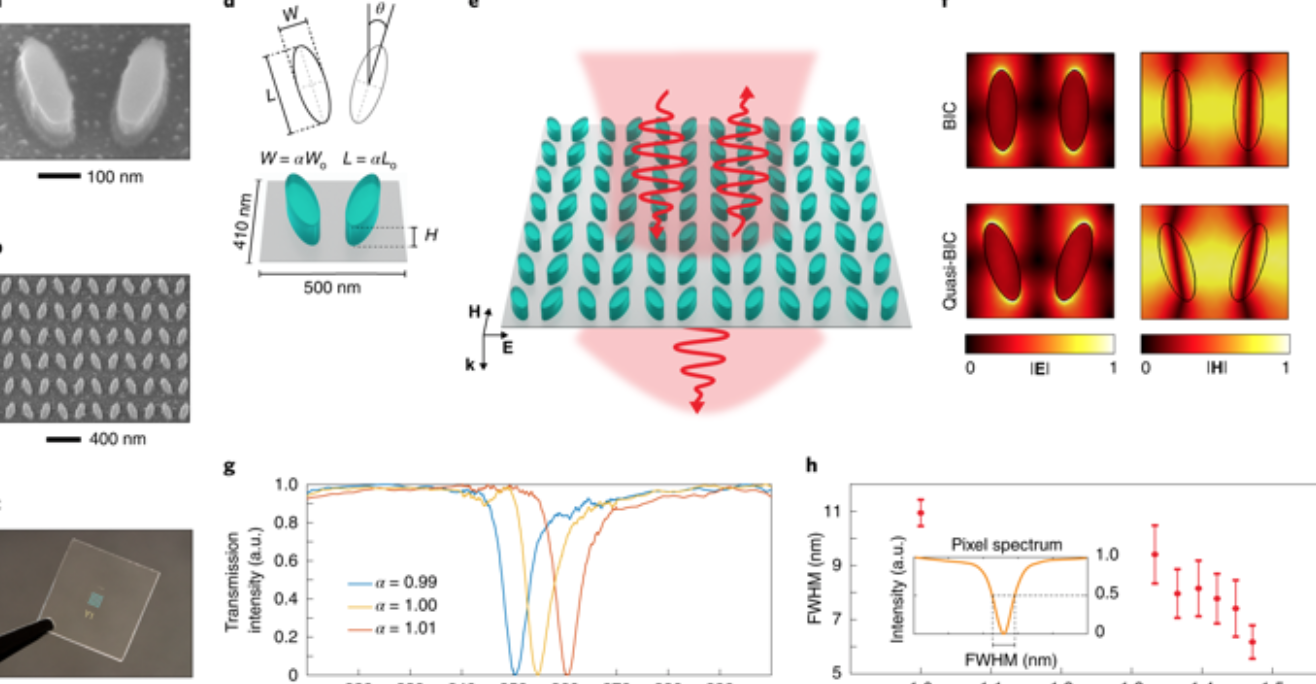
Photonics for at-home disease detection
Hatice Altug and EPFL BIOS Laboratory colleagues are developing photonic chips that count individual biomolecules and determine their location. This could identify trace amounts of undesirable biomarkers in blood or saliva and serve as an early-warning system for disease. The technology consists of an ultra-thin and miniaturized optical chip that, coupled with a standard CMOS camera…
-
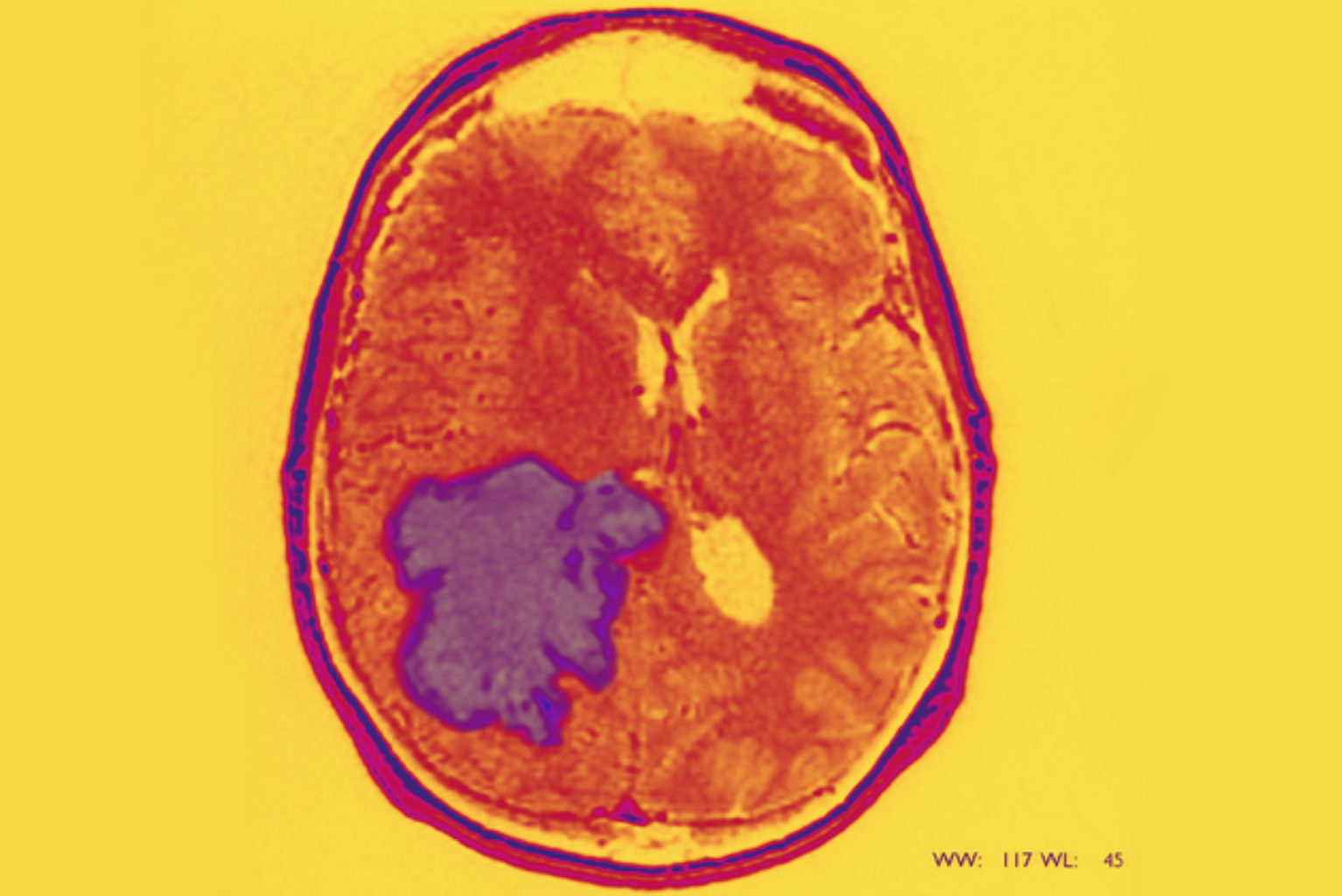
Starving cancer stem cells as a new approach to glioblastoma
Luis Parada and Sloan Kettering colleagues are focusing on cancer stem cells as a new approach to glioblastoma. Like normal stem cells, cancer stem cells have the ability to rebuild a tumor, even after most of it has been removed, leading to cancer relapse and metastasis. According to Parada: “The pharmaceutical industry has traditionally used…
-

Study: AI accurately predicts childhood disease from health records
Xia Huimin and Guangzhou Women and Children’s Medical Center researchers used AI to read 1.36 million pediatric health records, and diagnosed disease as accurately as doctors, according to a recent study. Common childhood diseases were detected after processing symptoms, medical history and other clinical data from this massive sample. The goal is the diagnosis of complex…
-
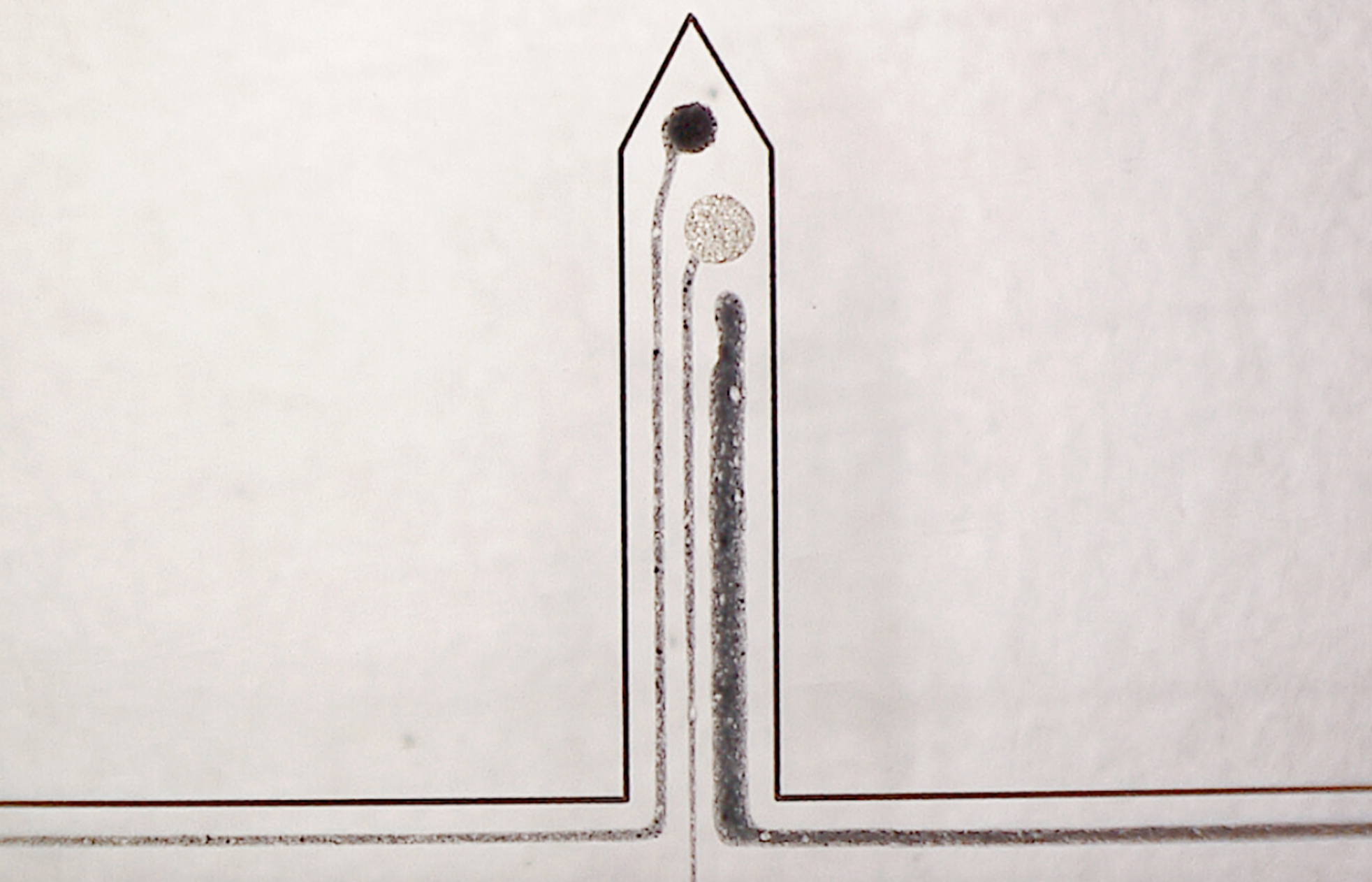
Glutamate sensor could predict migraines, monitor CNS drug effectiveness
Riyi Shi and Purdue colleagues have developed a tiny, spinal cord-implanted, 3D printed sensor that quickly and accurately tracks glutamate in spinal trauma and brain disease. The goal is to monitor drug effectiveness, and predict migraine headaches in humans, although it has only been tested on animals. Glutamate spikes are often missed. Damaged nerve structures allow glutamate…
-
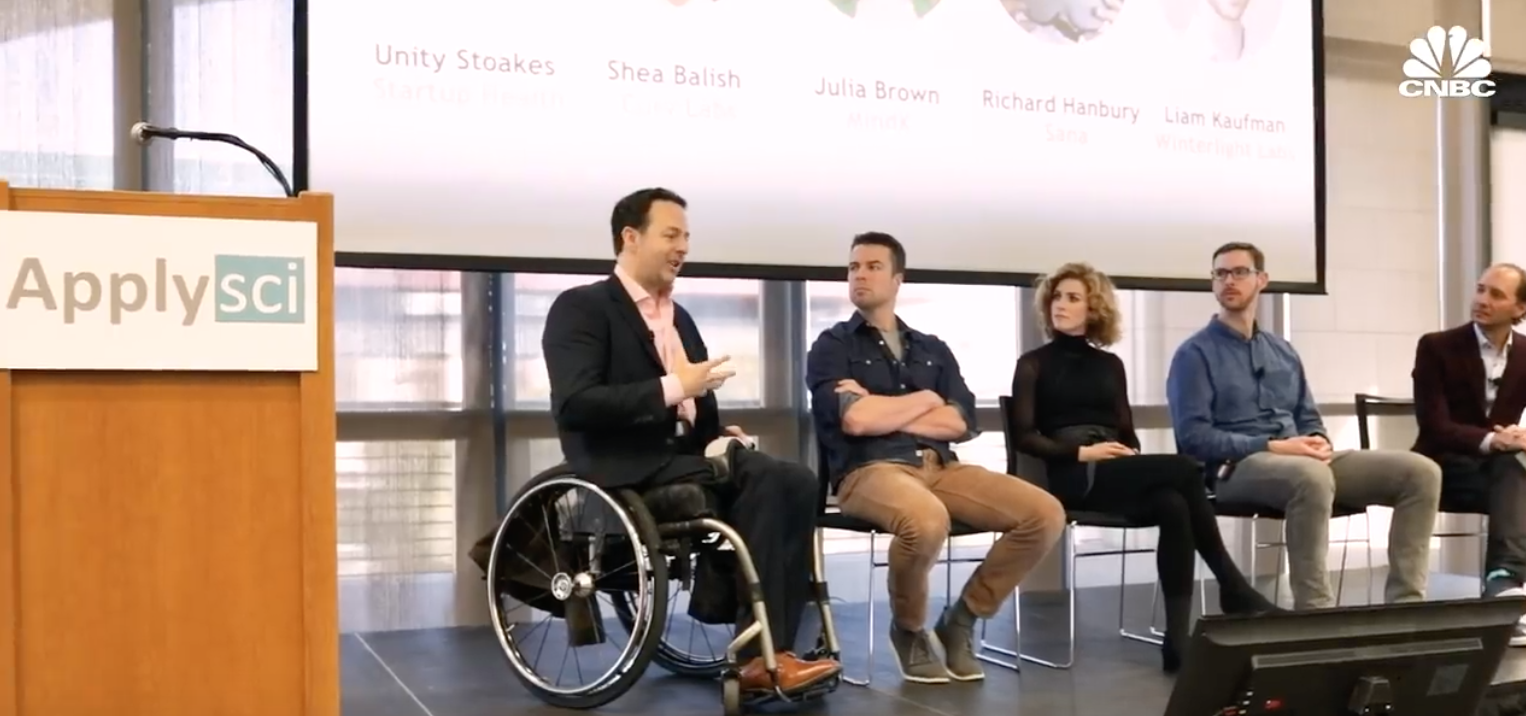
CNBC feature on Sana Health | Feb 22, 2019 – ApplySci @ Stanford
Richard Hanbury discussed Sana Health‘s pain management technology at Wearable Tech + Digital Health + Neurotech Silicon Valley, on February 22, 2019 at Stanford. ApplySci was delighted that CNBC chose to film this segment at the conference. Click to view CNBC video Join ApplySci at the 11th Wearable Tech + Digital Health + Neurotech Boston…
-
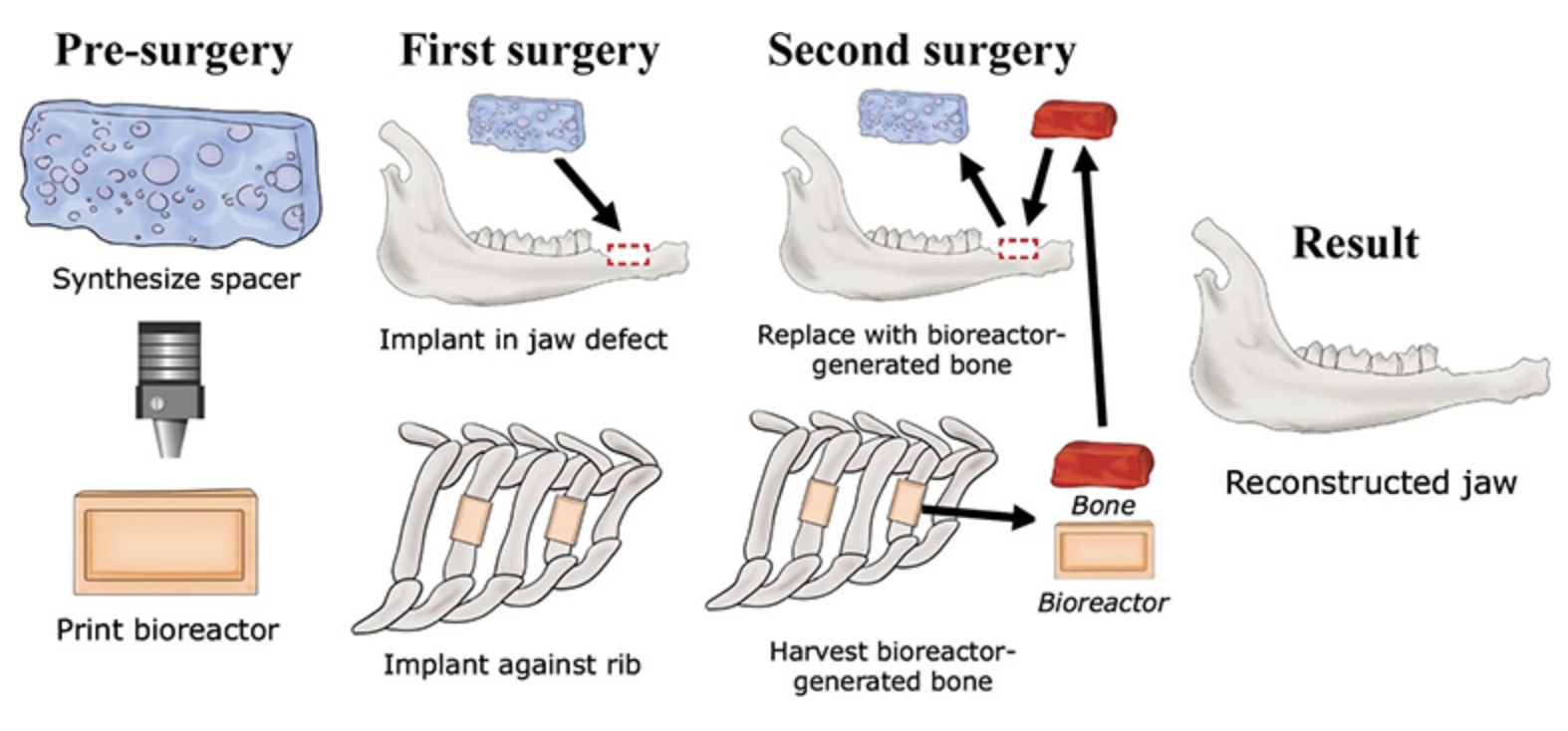
3D printed bioreactor-grown bone for craniofacial surgery
Antonios Mikos, Alexander Tatara, and Rice colleagues are using a 3D printed mold, attached to a rib, to grow live bones to repair craniofacial injuries. Stem cells and blood vessels from the rib infiltrate scaffold material and replace it with natural, custom-fit bone. Current reconstruction methods use a patient’s own bone graft tissues, harvested from the lower…
Got any book recommendations?